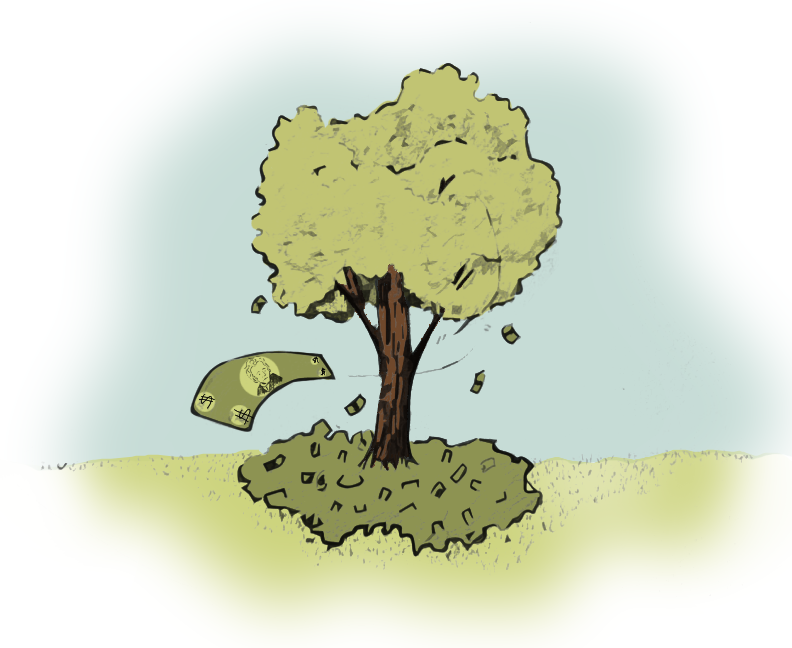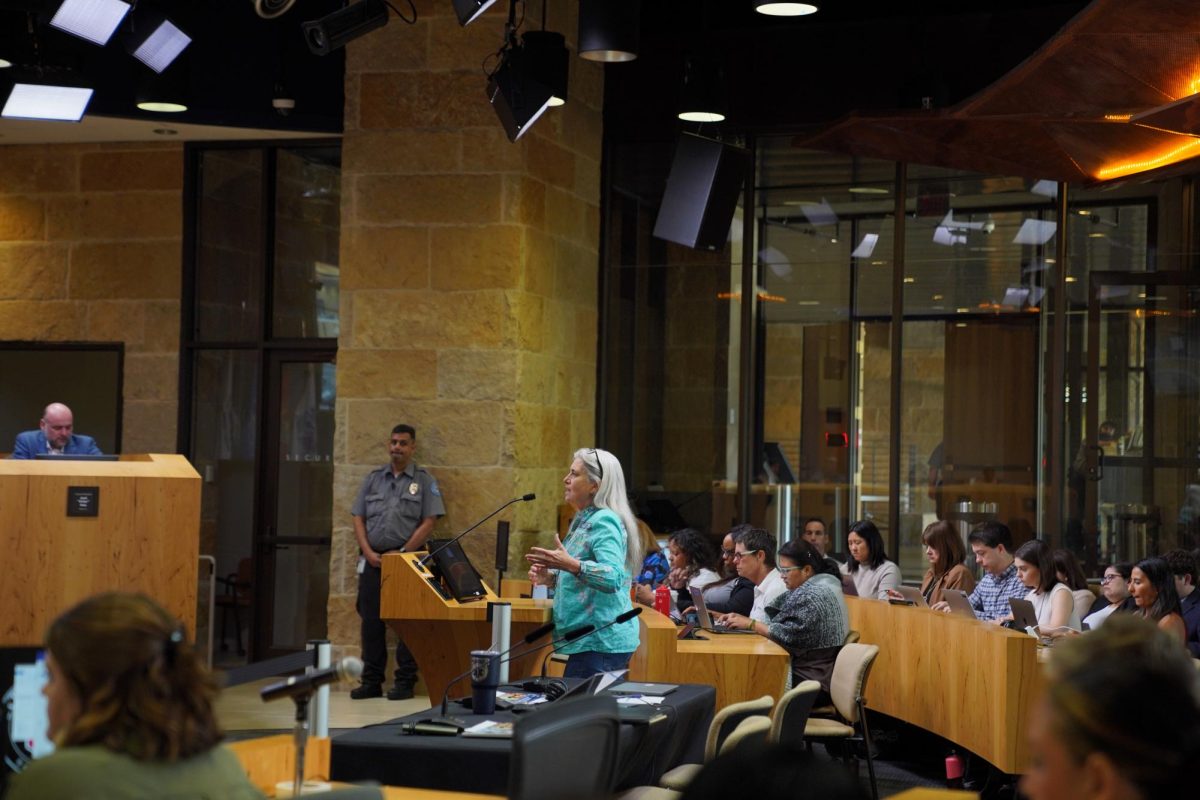The U.S. Census released a revised report last Thursday saying Austin officially exceeded 2 million residents in 2016, and not 2015.
A report released last June by the Census Bureau said Austin surpassed 2 million residents in 2015, but the report prematurely estimated the growth by about a month, according to city demographer Ryan Robinson.
Robinson said Austin’s rate of growth is more significant than just its population size.
“The total gain from 2015 to 2016 was about 58,000 and that’s actually the largest in total terms since 2010,” Robinson said. “Austin is singular in how much growth it has experienced.”
The Census measures only the metropolitan statistical areas made up of five counties: Williamson, Travis, Bastrop, Caldwell and Hays. Robinson said these counties make up one of the top five fastest growing metropolitan areas in the U.S. and has attracted people because of its environment, climate and the University.
Robinson said the 2 million mark is nothing to celebrate if the growth limits housing availability and affordability.
Radio-television-film sophomore Victoria Keo said she works hard at her job at Chipotle to pay her rent and attend UT.
“I would prefer West Campus if it weren’t so expensive,” Keo said. “The only way to get it cheap is if you do a shared room. If you pay $200 more you can have a room by yourself, so it just doesn’t make sense.”
Architecture assistant professor Jake Wegmann, who specializes in real estate, said West Campus and co-ops provide affordable housing options for students who struggle to live in a rapidly growing city with subsequently high rent.
“I view what’s happened in West Campus as a huge success story,” Wegmann said. “I think one thing that we should be doing a lot more of is looking at types of housing where younger adults such as students, but also non-student young adults and postgraduates, can live together and share resources.”
Fred McGhee, an urban and environmental anthropologist, said Austin appears exciting and fun, but only for those who can afford it.
“Austin is great for certain people of a certain income range who can spend $200 and see Dave Chappelle and can blow $5 on coffee at a local cafe,” McGhee said. “The real conversation is about the majority, quite frankly, of Austinites who do not simply have that type of lifestyle.”
Robinson said when broken down by race, Austin has a high non-Hispanic white population at about 47 percent, and a booming Asian population around 35 percent to 36 percent. Robinson said the African-American population is relatively low compared to other major cities.
McGhee said the low African-American population is because of gentrification resulting from soaring housing costs for lower-income people. Gentrification occurs when unkept buildings and houses are renovated to increase property value and improve the area’s image.
“That 78702 ZIP code is one of the three most gentrified ZIP codes in America,” McGhee said. “These things do not reflect well on Austin.”




















